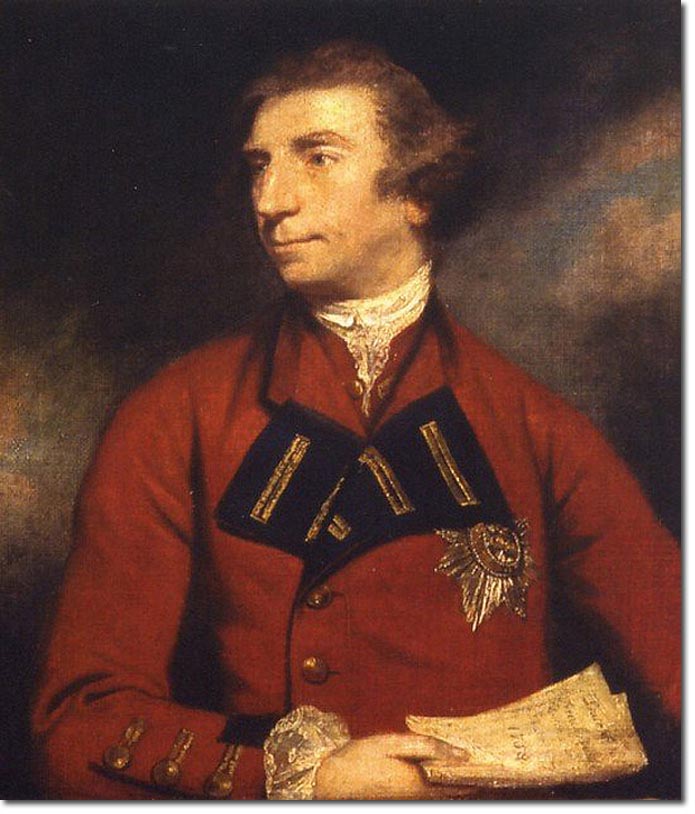|
|


|
|
He was born in Sevenoaks, Kent, the son of a lawyer. He was an ADC to General Ligonier and later ADC to the Duke of Cumberland. He was at Dettingen, Fontenoy, Rocoux and Lauffeld. At the battle of Hastenbeck in 1757 he commanded the Hessian troops in Cumberland's army. In the Seven Years War Amherst gained a high reputation in North America. He led the attack on Louisbourg in June 1758 and was then appointed Commander-in-Chief of the army in North America. He led the army against the French at Lake Champlain in July 1759 and captured Fort Ticonderoga. In Sep 1760 he took the army down the St Lawrence River and captured Montreal. This ended French rule in Canada and Amherst was appointed Governor-General of British North America.
When an outbreak of smallpox occurred at Fort Pitt Amherst was in favour of a plan to give infected blankets to the Indians who he regarded as an 'execrable race'. On being recalled to England, instead of being feted as a national hero, he was forced to defend himself against severe criticism. However he was promoted to lieutenant-general. When William Howe resigned from command in the War of American Independence, Amherst was earmarked to replace him but his demand for 75.000 extra troops was unacceptable. However he did advise on an overall strategy which was carried out. In June 1780 the Gordon Riots broke out and Amherst was in charge of the troop deployment in London but he was hindered by dithering magistrates. He was so shocked at the lack of government resolve on this matter that he resigned as C-in-C in Feb 1782. When the French Revolutionary War started he was reinstated, but he was regarded as being past his best and was censured for allowing the army to decline. He was replaced by the Duke of York in 1795 and promoted to Field Marshal in 1796. He died at his home, Montreal Park, Sevenoaks, on 3rd Aug 1797. The portrait is by Joshua Reynolds dated 1768 and hangs in the National Gallery of Canada.
1717 Born on 29th Jan |
Armed Forces | Art and Culture | Articles | Biographies | Colonies | Discussion | Glossary | Home | Library | Links | Map Room | Sources and Media | Science and Technology | Search | Student Zone | Timelines | TV & Film | Wargames